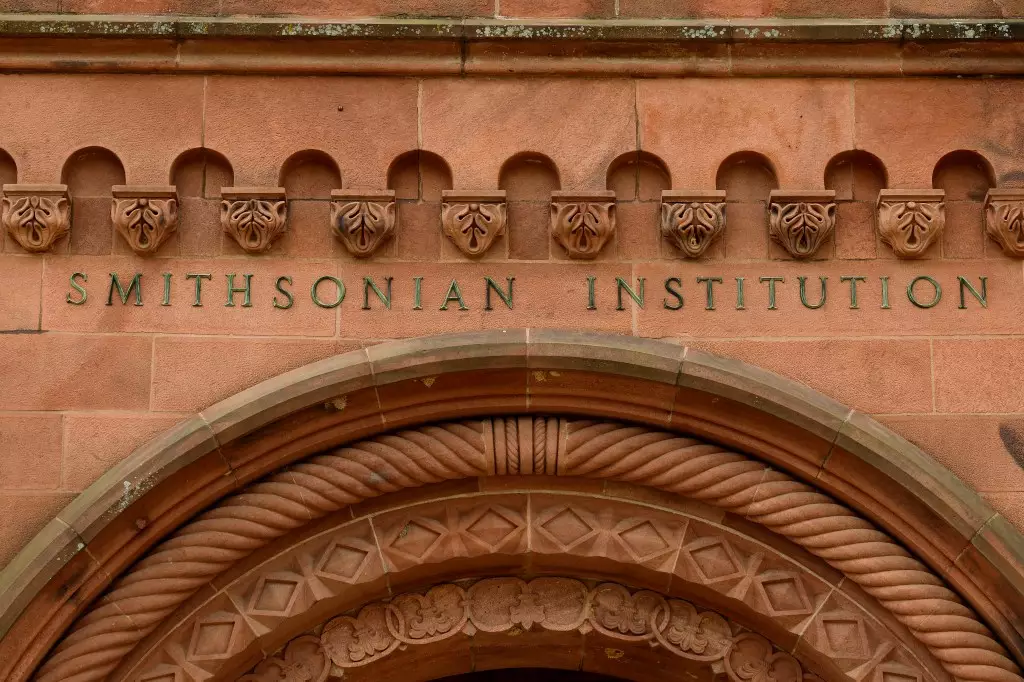President Donald Trump’s recent executive order, dubbed “Restoring Truth and Sanity to American History,” raises significant alarm bells for those who value a nuanced understanding of historical complexities. While purporting to restore American history to its so-called “facts,” the executive order cements a disturbing trend among modern politicians: rewriting history to fit a specific ideological agenda. It posits that there exists a systematic effort to “distort our Nation’s history,” largely blaming the Biden Administration for fostering an environment where “corrosive ideology” prevails. This framing promotes a simplistic black-and-white dichotomy of heroes versus villains, rather than embracing the intricate and often messy truths that shape our collective past.
A Veil of Unity or a New Division?
One of the order’s main claims is that rewriting history only serves to deepen societal divides. Ironically, this assertion emerges from the very act of attempting to monopolize the narrative surrounding our shared past. By framing dissenting voices as “divisive,” the order seeks to silence multiple perspectives that enrich our understanding of history. Rather than fostering unity, such censorial behavior ultimately isolates individuals who advocate for recognition of marginalized histories, thereby creating even wider gaps in societal cohesion.
Implications for Cultural Institutions
Specifically targeting the Smithsonian Institution, the order mandates the elimination of “improper ideology” from its educational resources. One cannot ignore the irony of issuing orders that categorize contributions from diverse voices as harmful. The Smithsonian is a cornerstone of cultural understanding in America, its mission to educate the public reliant on showcasing various perspectives. By contriving an ideological purity test, Trump’s directive merely echoes a familiar refrain in authoritarian regimes, where the only acceptable narrative is one that falls in line with the ruling party’s philosophy.
Historical Monuments: Guardians or Gaggers?
The executive order includes a directive for the Secretary of the Interior to investigate the removal of monuments that may perpetuate a “false reconstruction of American history.” This notion is particularly troubling, as it operates under the premise that some figures in history are beyond critique. The idea of reinstating monuments that do not acknowledge the full complexity of American history—holes left by oppression, conquest, or colonization—can only lead to a stagnant understanding of our country’s evolution.
The Kennedys and Censorship: An Artistic Crisis
Trump’s takeover of the Kennedy Center epitomizes his broader attempt to impose his vision on American institutions. Denounced as “woke,” artistic programming that embraces cultural diversity and challenges conventional narratives is being dismantled. The withdrawal of high-profile productions from the Kennedy Center reflects a chilling cultural climate, wherein established artistic expressions are at risk of being erased. This strategic censorship threatens not only the arts but the very fabric of societal dialogue.
A Call for Open Dialogue
Engaging in American history is an act of courage that requires us to face uncomfortable truths rather than sidestepping them. The harm inflicted by Trump’s executive order lies not merely in its content but in its intent—a blatant effort to cultivate a homogenized perspective that overlooks our shared stories of progress, struggle, and resilience. It urges Americans to question the narratives we are offered and demands an ongoing conversation that celebrates both our triumphs and our failures as a reflection of our humanity.

